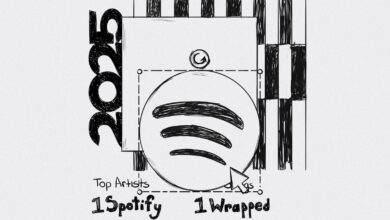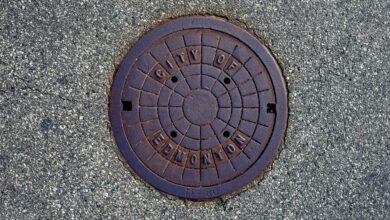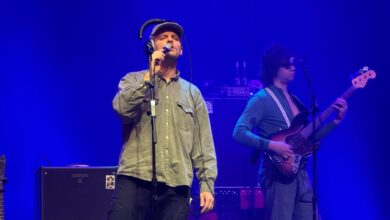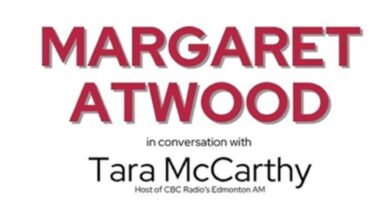Exhibit review: ‘Segundo Sol’ at FAB gallery
By observing the observer, Ludmila Lima de Morais pushes the boundaries of our relationship with art and technology.
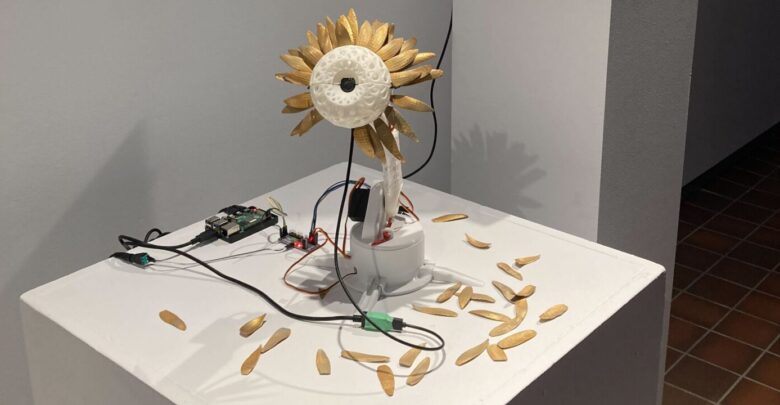 Anna Rudge
Anna RudgeHow do humans and technology co-exist? How does the ever-expanding world of technology shape our emotional experiences? Where does art come into play? Ludmila Lima de Morais explored all of these questions in her exhibit, Segundo Sol.
Segundo Sol, or “second sun,” is Lima de Morais’ Master of Fine Arts exhibit. It ran at the Fine Arts Building (FAB) September 3 – 21. Through a combination of virtual reality, digital art, and sensory experiences, the exhibit explored the impact technology has on the human experience. The art was heavily impacted by the effects of the COVID-19 pandemic and Lima de Morais’ personal journey of migration from Brazil. The exhibit challenged the traditional form of an art exhibit and encouraged the spectator to reflect on the impact of technology on our lives.
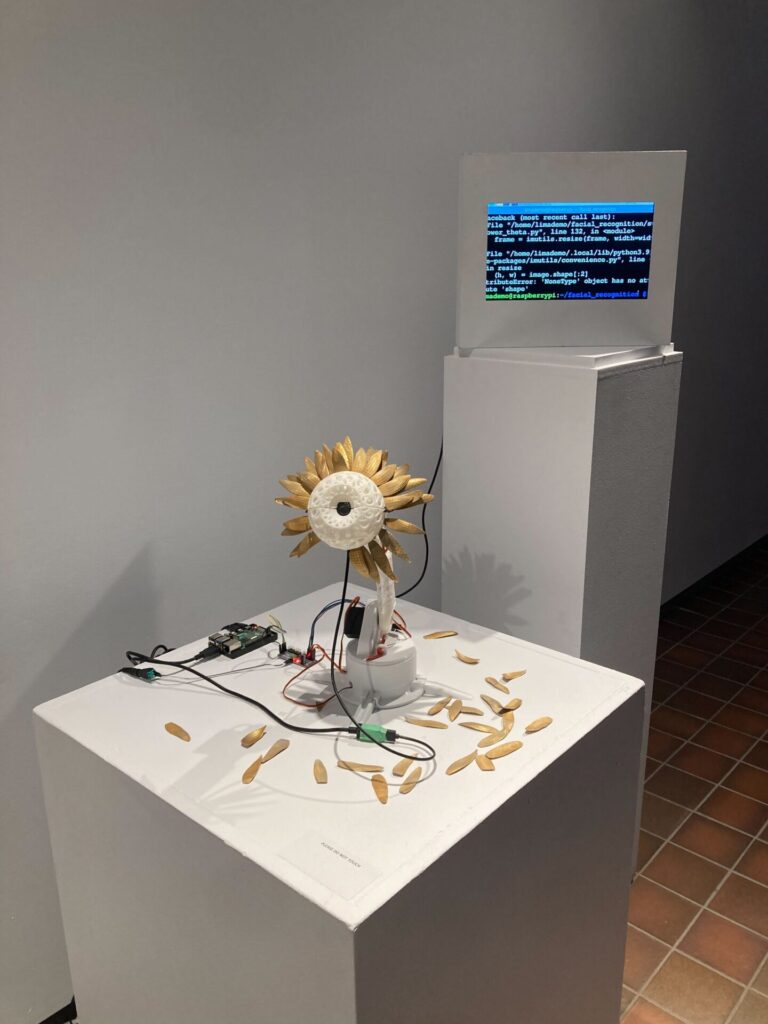
The central piece of the show was Segundo Sol, a robotic sunflower equipped with facial recognition technology. As one looks at the flower, the flower looks back. The piece brought into question the idea of technological surveillance, and evoked a feeling of slight discomfort. By observing the observer, the piece flipped the traditional practice of going to an art exhibit, and the spectator became part of the art.
The Segundo Sol also brought the tension between nature and technology into play. Lima de Morais wrote that the piece came from “the desire of holding humans accountable for the changes in nature.” The flower was not only watching the observer, but accusing them of wrongdoings, and demanding they admit to the negative effects of technology.

The exhibit also explored ideas of home and nostalgia, and a yearning for comfort in times of change or isolation. Further into the gallery lay two 3D printed objects, a house and a seashell. Pressing a button on the side of each emitted the sounds of the sea and rain. The Ressound installation encouraged one to interact with the art. Additionally, the ideas of home and nature brought a sense of grounding amidst a world full of fast-paced technology.
To further encourage the viewer to interact with the art, there were multiple virtual reality installations. Wind Symphony enveloped one in the sound of wind, as you interacted with a series of windows in a field. This installation reinforced the marriage of nature and technology, and the interplay between them.
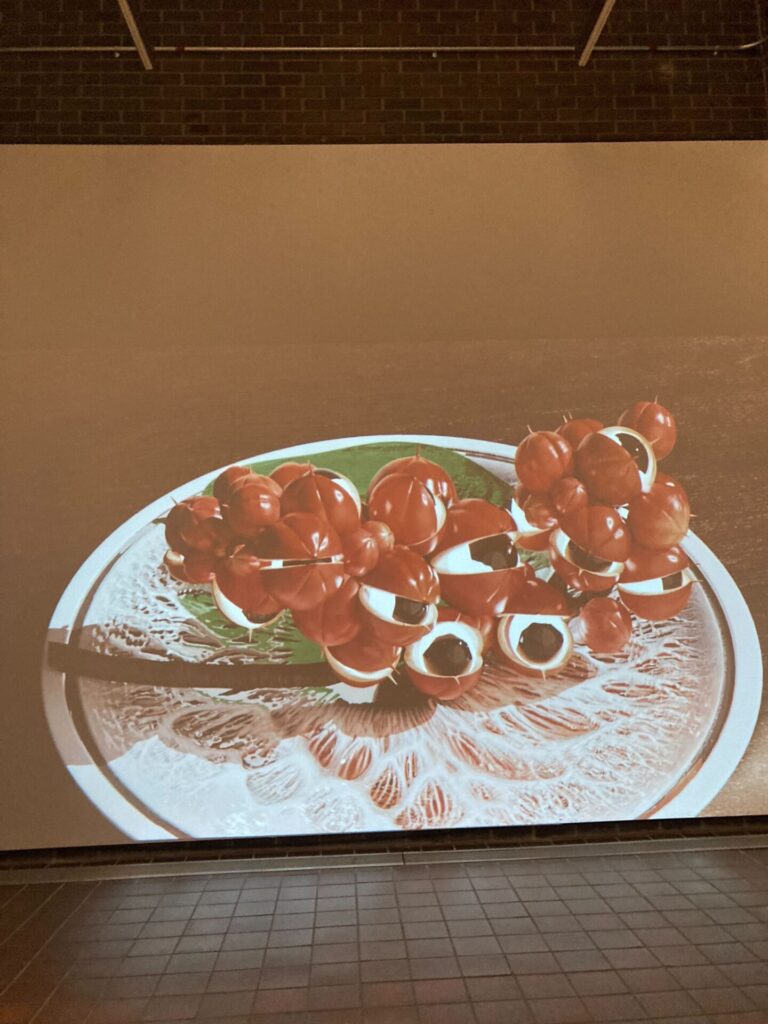
The exhibit ended with a piece entitled Guaraná. It was a 3D animation projected on the gallery wall depicting a Brazilian plant of the same name. The “eyes” of the fruit blinked and spun as they appeared to observe the world around them. Guaraná is based on an Amazonian folktale that tells the story of a little boy who is killed and whose eyes are planted to grow the first guaraná plant. This final piece celebrated Lima de Morais’ Brazilian heritage and her connection to her home. Guaraná tied the entire exhibit together by celebrating home, while also exploring themes of observation, nature, and technology.
Segundo Sol took the traditional art exhibit and flipped it on its head by challenging ideas of observation and interaction. It held the viewer accountable for the impacts of technology on our world. Finally, it questioned the relationship we all have with technology, home, nature, and ourselves.

